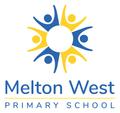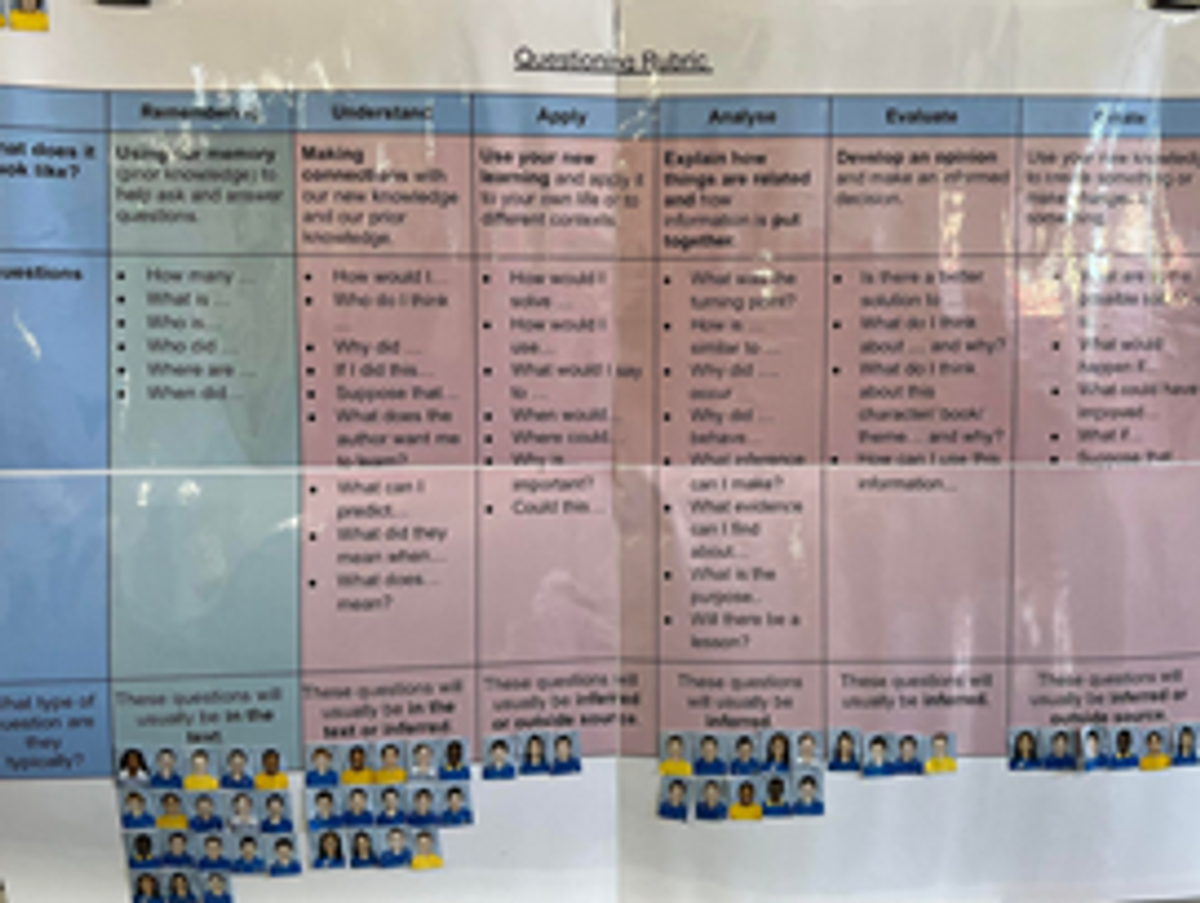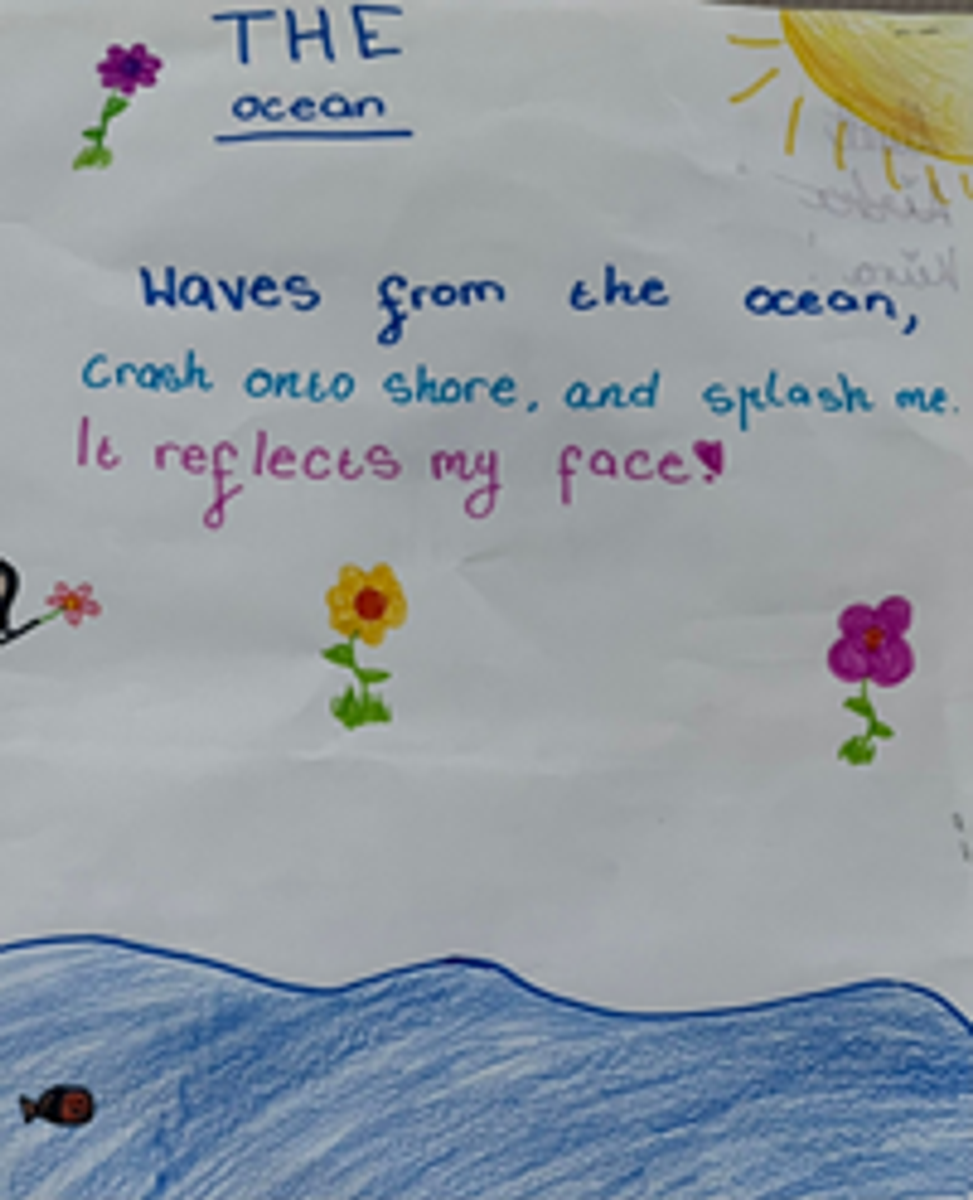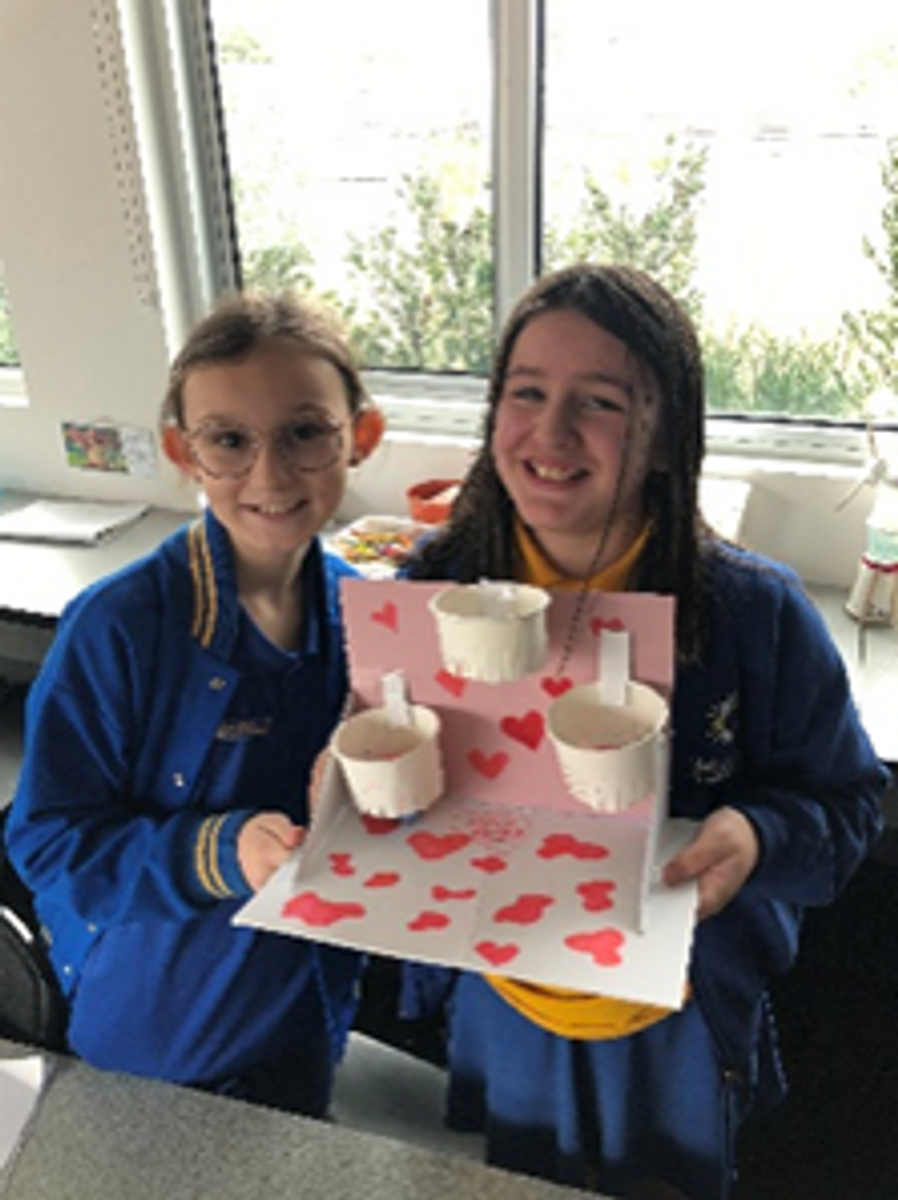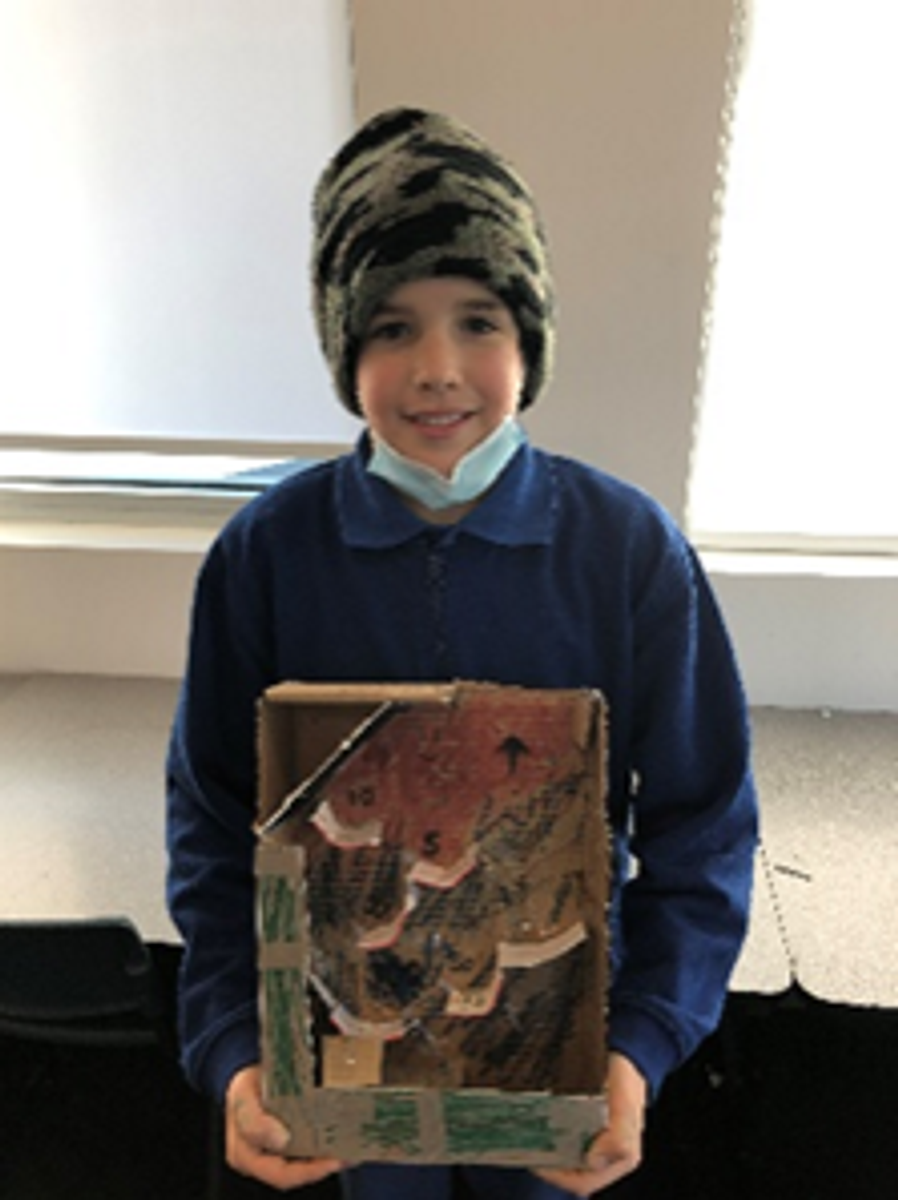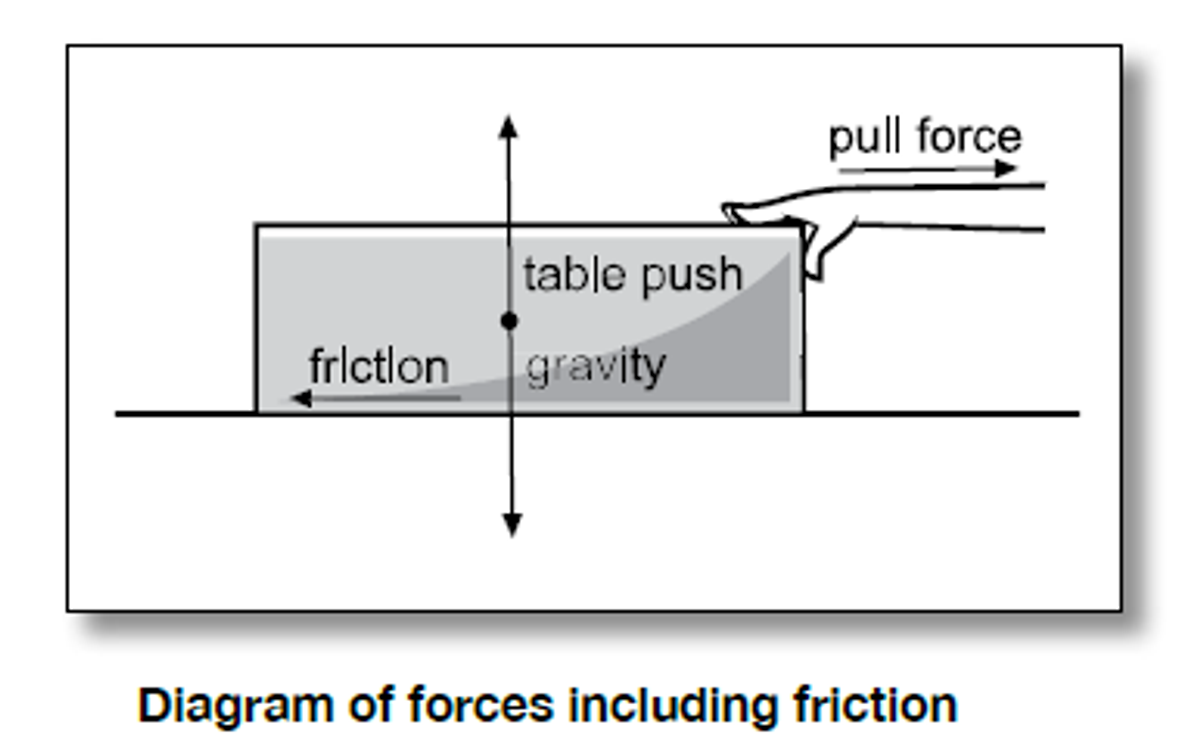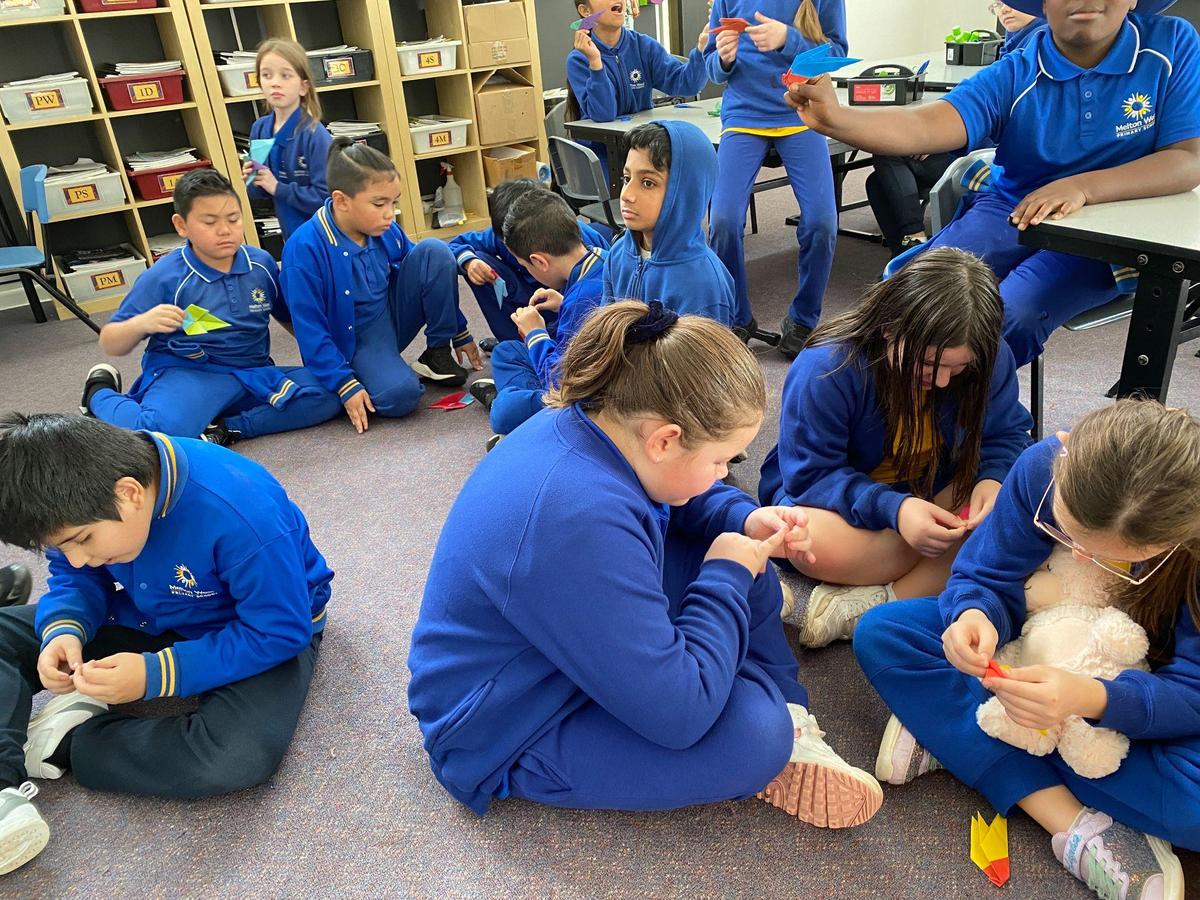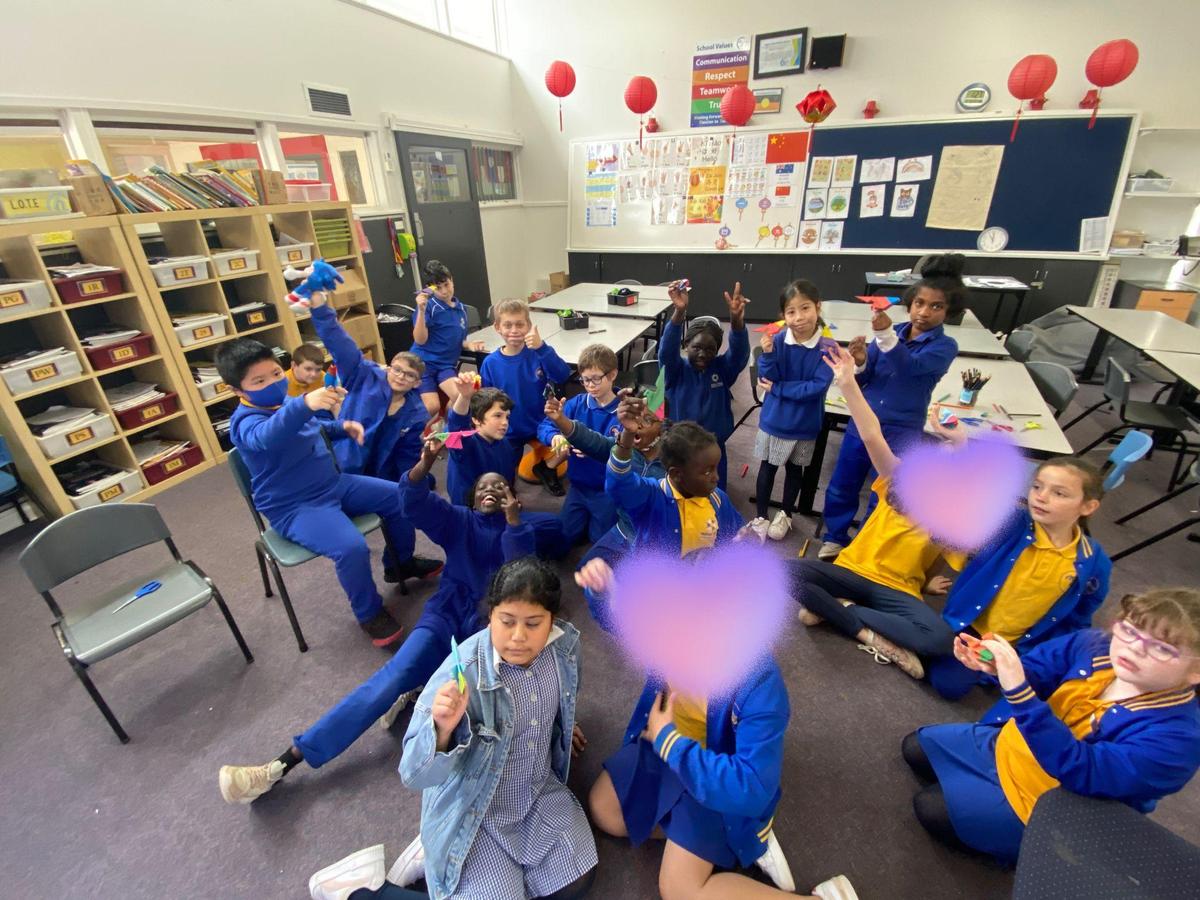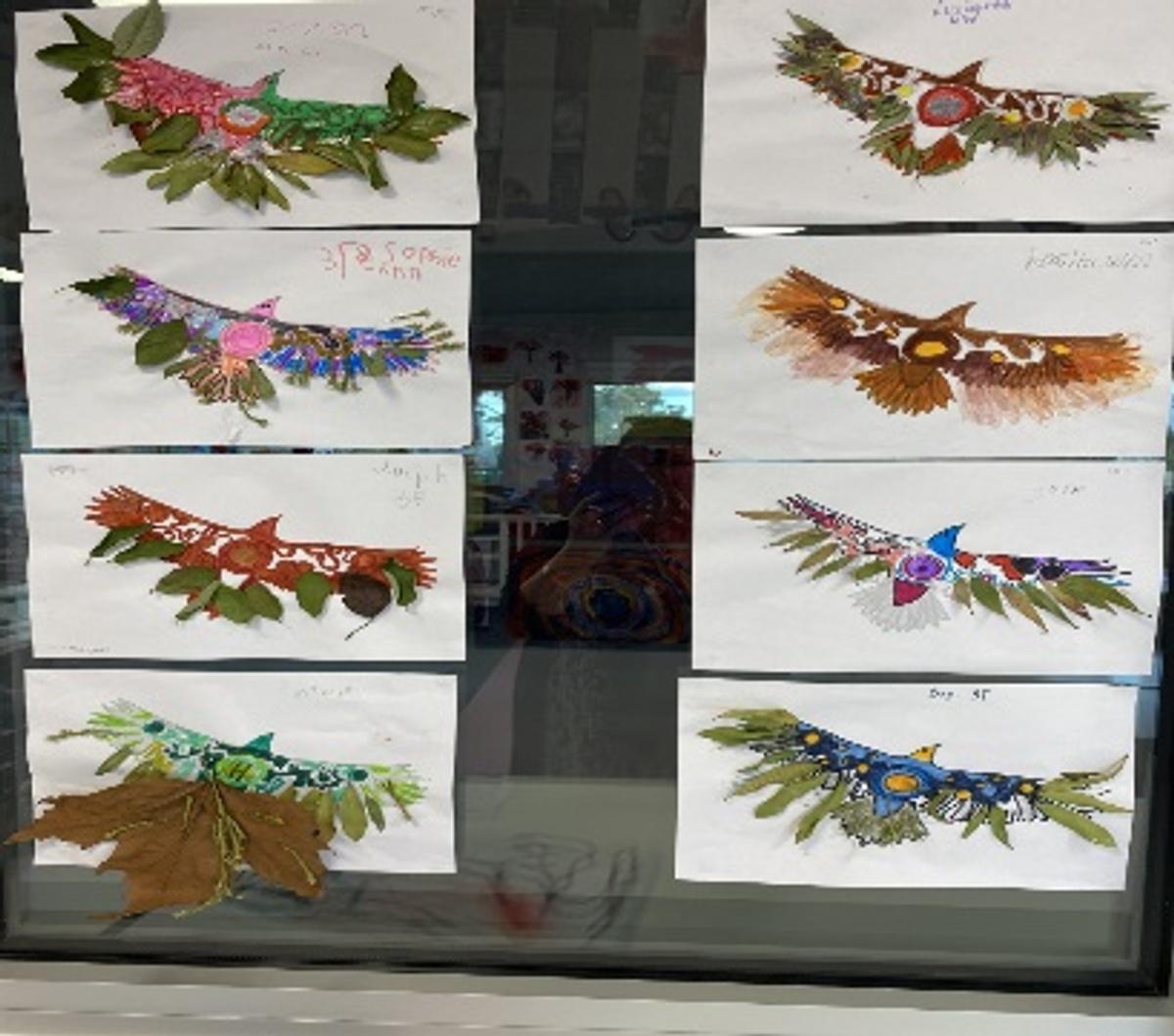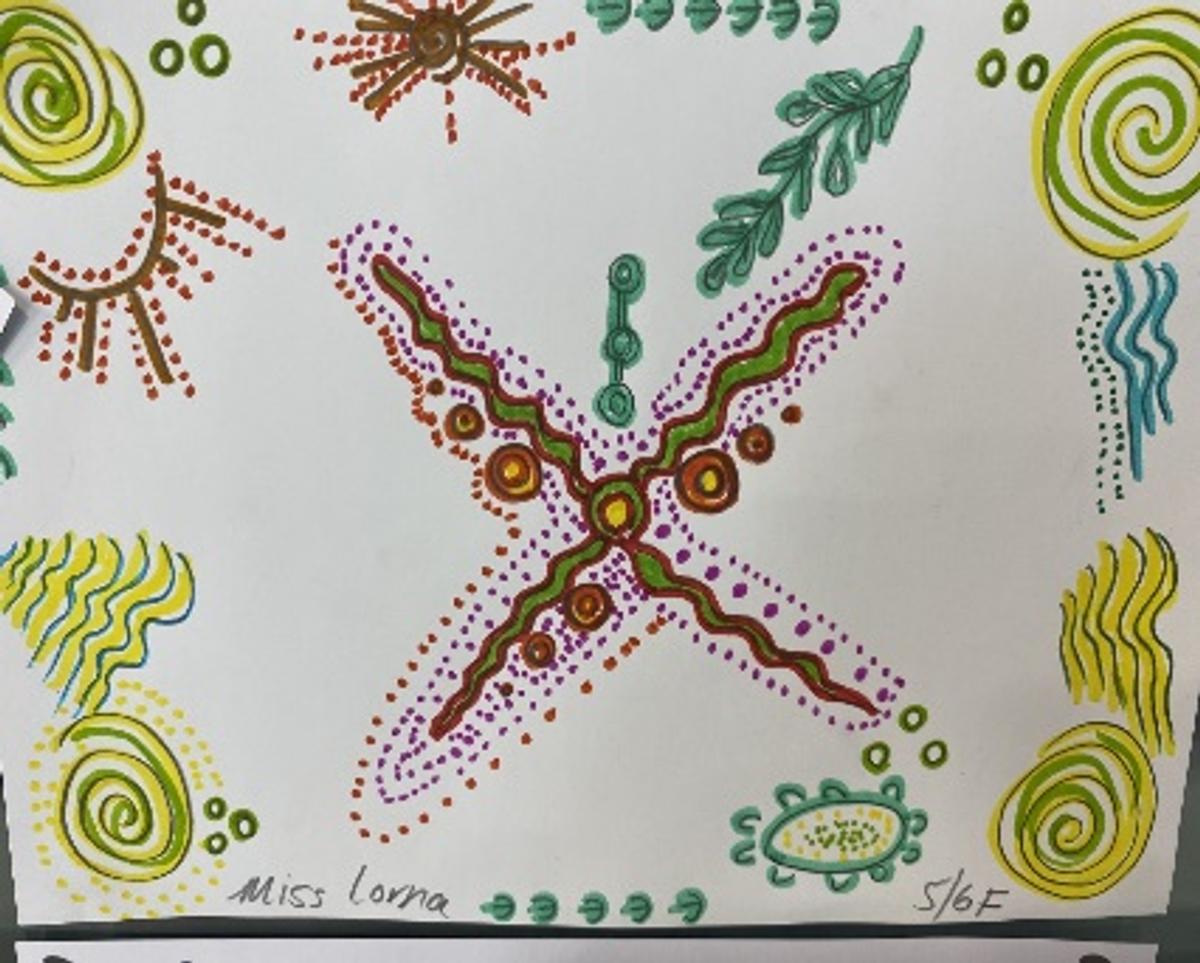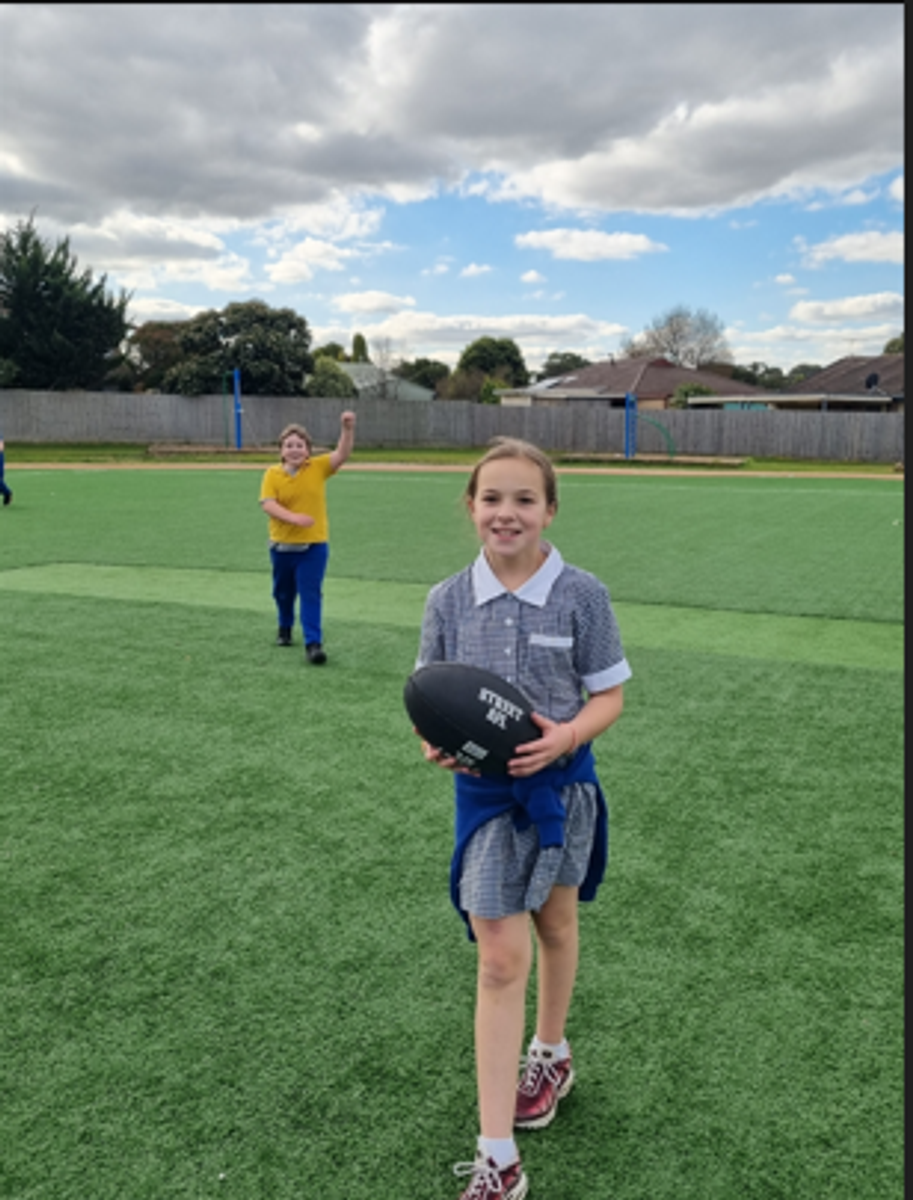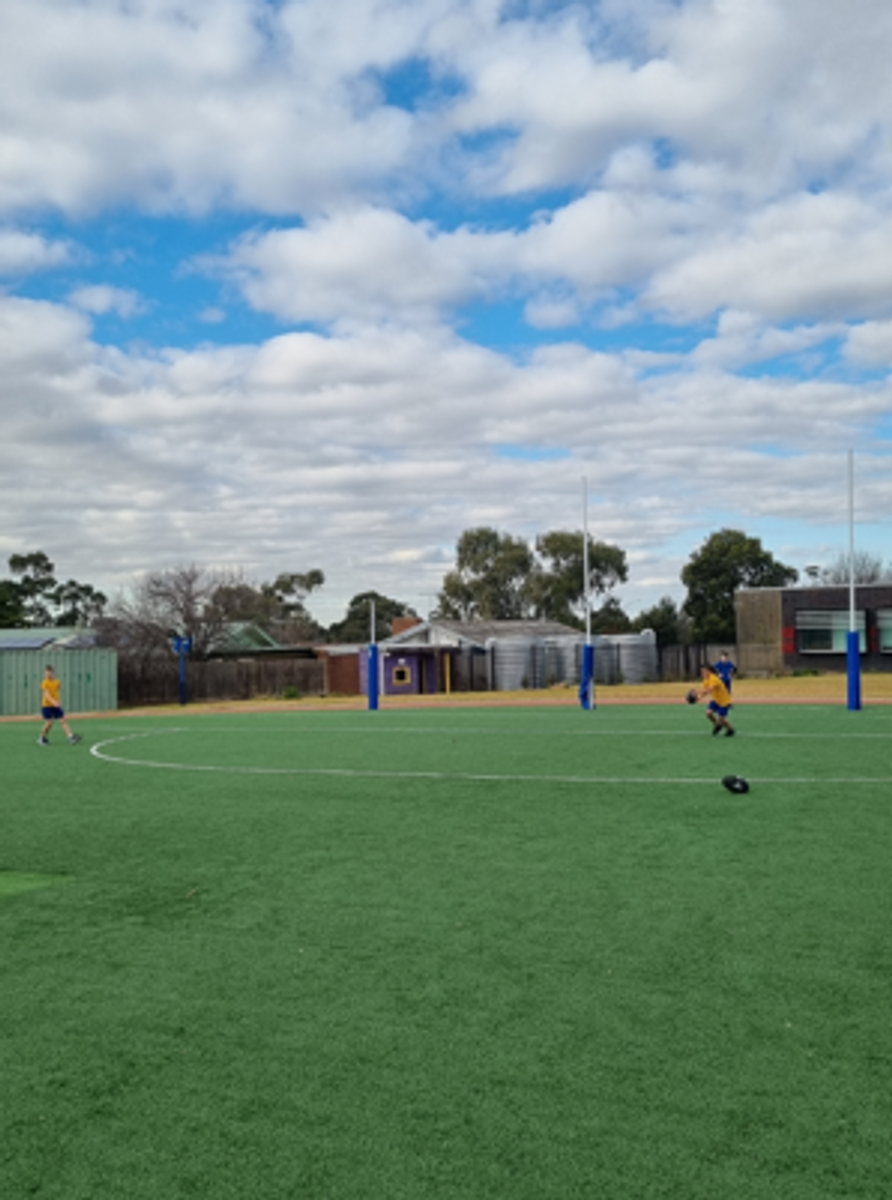Year 4
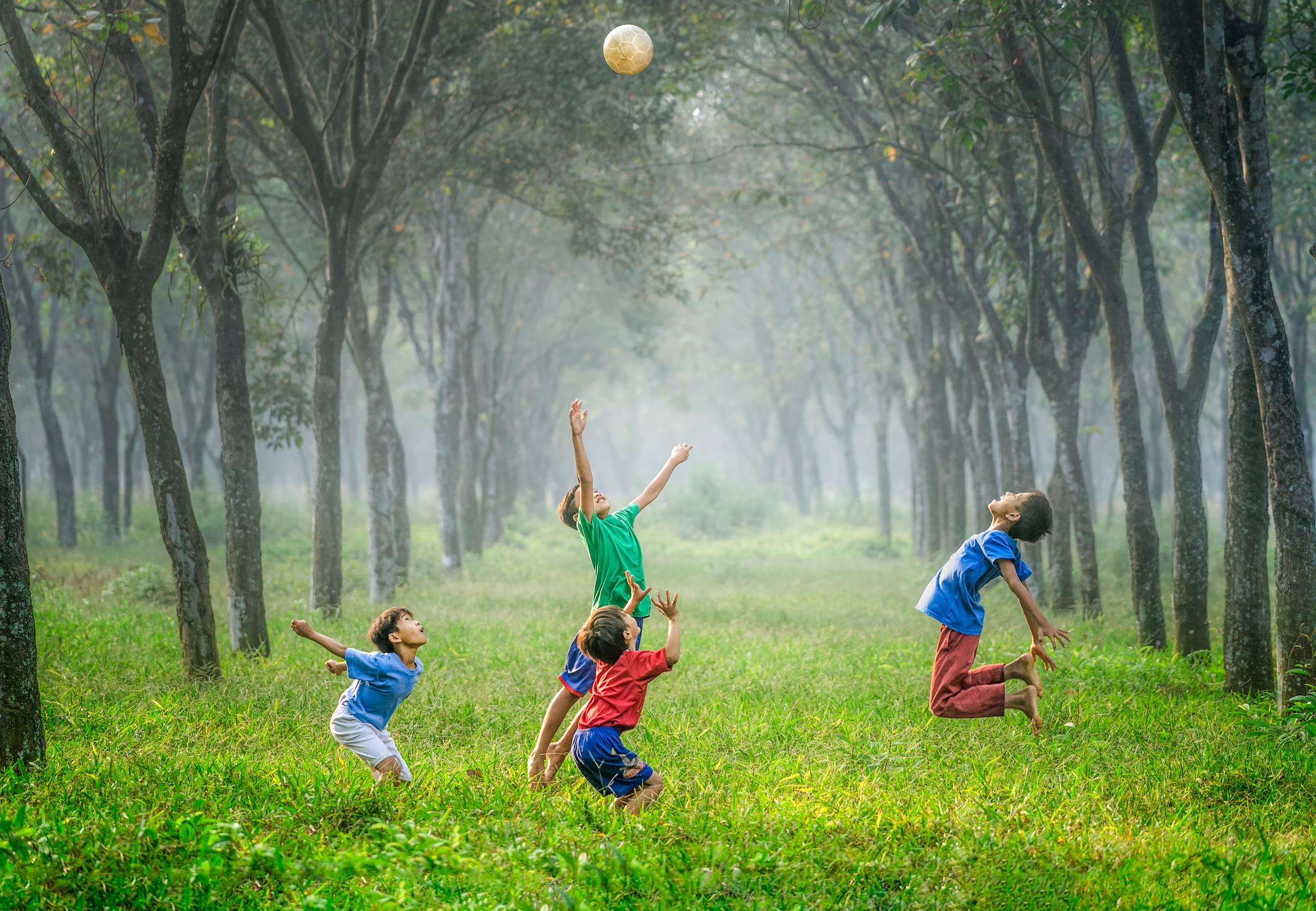
English
Reading
In Reading this term, the Grade 4 students learnt about Questioning, where they asked and answered their own questions to help them gain a deeper understanding about the texts that they were reading. As the term progressed, students were able to construct different kinds of questions to clarify, predict, infer, gain information and extend their thinking. After these questions were asked, students then determined and explained whether these questions could be answered.
They learnt to answer their questions using a variety of sources, such as finding their answers in their text, inferring their answer, using their prior knowledge, or using an outside source. When students had a question that required the use of an outside source, they were able to use sources such as the internet, reading other books or asking another person to assist them in answering their lingering questions.
Writing
Students started off the term by learning about Poetry in Writing. They explored the structure and features of a range of poems to assist them with creating their own. The first poem that they learnt about was a free verse poem, which is a kind of poem that has no specific form but can include a range of poetic devices such as alliteration, rhyme, personification, synonyms, metaphors and similes.
They then looked at Haiku poems, which are a traditional form of Japanese poetry. After this, they explored other kinds of poems including simile poems, metaphor poems and limericks. After learning about the structure and features of all of these poems, they were then able to create their own anthology, which is a collection of poems. For the remainder of the term, students focused on Biographies. They explored different biographies to understand the purpose of a biography and how it is structured. They then applied this knowledge to create their own biography of an Indigenous Australian of their choice.
Mathematics
Here, the vocabulary associated with this unit was unpacked so students could then apply this to discuss the likelihood of different events occurring (for example; it is impossible that my dog will start talking tomorrow). After this small unit, students spent a week revising Time, where they consolidated what they had learnt at the beginning of the year about reading, telling and converting time.
They then moved on to their Multiplication and Division unit. Here, students continued working on their ability to recall multiplication facts to 10 x 10 and related division facts. They were able to use a variety of strategies to solve multiplication and division problems such as the split strategy, arrays, area model and the jump strategy. Students were able to use their knowledge of Place Value and apply this to help them solve these problems.
They then finished off the term by learning about Location and Symmetry. This involved students creating symmetrical simple and composite shapes, with and without the use of digital technology. They also used scales and legends on simple maps and used directions to find features on a variety of maps.
Inquiry
In Inquiry this term, students explored the significant ways that Aboriginal and Torres Strait Islander peoples are connected to their Country and Place and the significant contributions that they have made to help shape our Australian society. Students spent a few weeks looking at some of the most well-known Indigenous Australians, such as Cathy Freeman, Jessica Mauboy, David Unaipon and Albert Namatjira, and looked at the different ways that they have made an impact on our society over the years.
Once they had the opportunity to learn about a range of important Indigenous Australians, students picked a person that was of interest to them and used their knowledge to create a biography on an Indigenous Australian of their choice in Writing.
Science
Grade 4 students have really enjoyed the activities in Engineering and Science this term. Students finished off their excellent Mini-Arcade Games, with designs such as soccer, pin-ball, mazes and claw machines. They then moved onto Physics, investigating forces, such as gravity and friction by dragging a one-kilogram box of sand across different surfaces (cardboard, laminate, wood and carpet) and recording the results. Students were also able to examine the effects of gravity on an object by creating a parachute out of different materials. As Term 3 is drawing to a close, I hope students enjoyed STEM and are looking forward to more experiments with Chemistry.
LOTE = Chinese
Throughout Term 3, Grade 4 students learnt how to pronounce different family members in Chinese. They also learnt that in Chinese, the words for grandparents, uncle and aunt have different words to distinguish whether they come from the mother or father’s side. They learnt about the story for Chinese Valentine's Day and made a Chinese origami magpie.
For the last few weeks, they were focusing on learning how to introduce themselves, such as how old they are, what is their name and which grade are they in. The last week of this term, they will learn how to make a mooncake by using the real mooncake mould and play-dough to celebrate the Chinese Mid-autumn festival.
Art
The focus for Term 3 has been on drawing with lines and the students have demonstrated how lines are used to create shape, pattern, texture, space and movement, and how the effective use of lines is fundamental to the design process.
The students have worked very hard to re-create Van Gogh’s ‘Sunflowers’. They have used monochromatic shades of yellow and orange, demonstrated bold lines, strokes and shading, using crayon and oil pastel, to help replicate the heavy paint strokes use by Vincent Van Gogh. I must note that the students have shown dedication and commitment to this task and I am very proud of the work produced.
In addition to Van Gogh, the 3/4 students have been learning about Aboriginal Art and NAIDOC week, and have had the opportunity to work with Aboriginal artist – Lucy Webster. The students have been learning about Aboriginal culture and histories with emphasis on ‘Bungil’ the Eagle, and its significance to the Aboriginal people and their culture. The students foraged for leaves and foliage to replicate the wings and feathers of Bungil and created beautiful artworks.
We are currently still working on the Aboriginal art theme and the students are exploring different techniques to inspire their designs.
It has been a creative and technical term with the Grade 3/4 students, and they have produced wonderful work.
P.E.
In PE this term the year 4’s have had the opportunity to delve deep into learning about the fundamental skills of AFL football. They have had ample opportunity to learn about the skills required to kick a football with accuracy, to skillfully mark a football and to practice handballing. The year 4 students were able to have the chance to apply these skills when playing team activities and games, so they could rigorously participate in various forms of collaborative thinking and learning. After learning about AFL football the students then began learning about = skills required to play soccer. They were given the chance to see the differences and similarities between the two sports. They worked hard on developing their skills of kicking, goal kicking and passing. I am very proud of the year 4 cohort for their efforts this term and I look forward to teaching them again in term 4! Have a safe and restful school holidays everyone!
